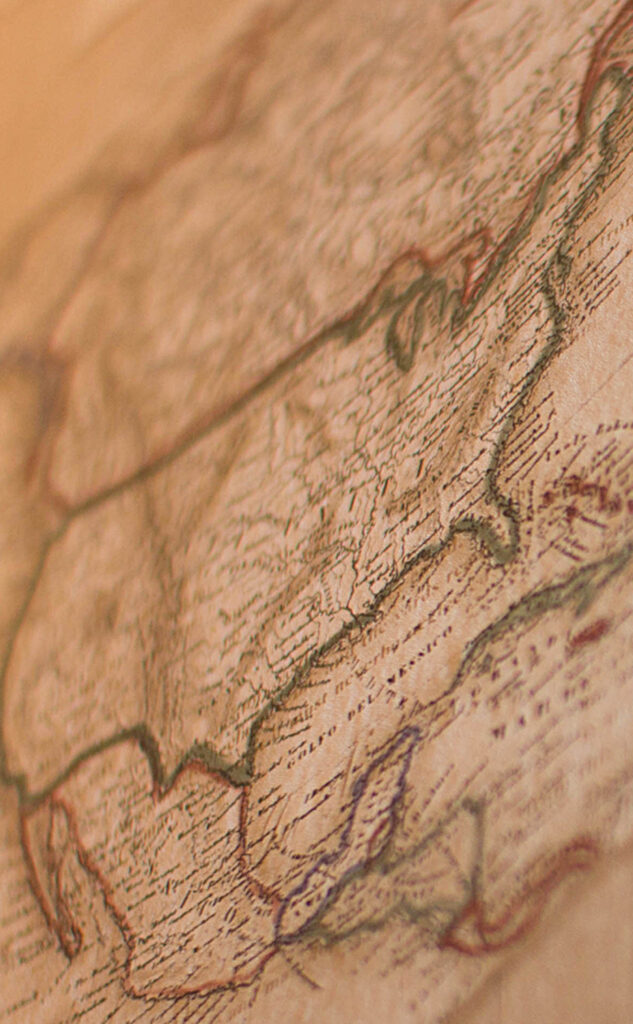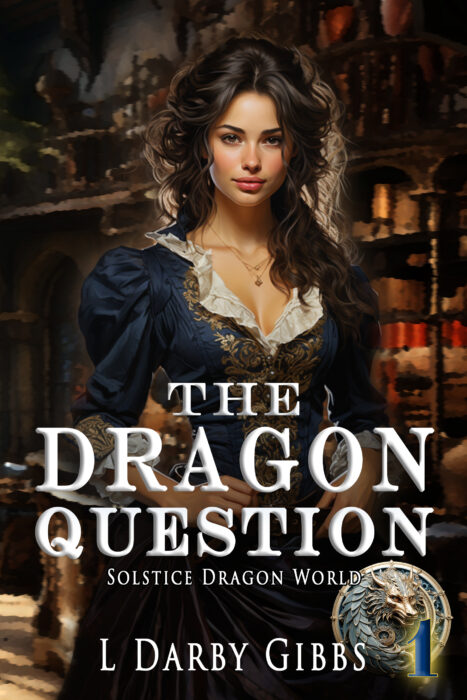I read an article about the various distinct cultural nations within the United States and found it very useful for determining the underlying influences of characters in fiction. In this article which made use of the work of Colin Woodard, Matthew Speizer provides (This map shows the US really has 11 separate ‘nations’ with entirely different cultures) descriptions of the type of people who live in specific areas in the US and what their political/cultural viewpoints are built on.
At first while reading it, I was focusing on identifying where I fit in the demographics described. It wasn’t hard to figure out. I’ll give you hints and let you pick my niche: born below the Mason Dickson line, but raised into my teens in northern New England, I then lived several years in Oregon after finishing high school in California. My adult life was largely in the Northwest, with southern influences.
Now that I’ve written it down, all I can say is good luck with locating my cultural position within these described “nations.” I might be harder to label than I first thought. Blame my dad who never seemed to be able to stay in one place very long.
But my point is how great is this for determining the underlining influences for character building and interaction. Imagine a “Yankeedom” having to rebuild a demolished world with a “Greater Appalacian.” Utopian leanings vs very constrained. The conflicts are built into the individuals and the “cultures” they bring with them.
How about a (space)ship’s captain with “el Norte” sympathies with a first officer who’s a “Left Coaster.” Plenty of room for common ground and still areas where the two would argue specific issues of “expression,” “exploration” and regulation.
In my SF time travel novel (book 3 of Students of Jump), Next Time We Meet, Mick Jenkins is largely Greater Appalacian. But the society he is now trying to make a home in is New Netherland in many respects. He wants order where they encourage a general “go with the flow attitude.”
I can see these “culture” breakdowns of political viewpoints as one more useful tool for building individual character behavior and interactive conflict between characters. As you design characters, consider where they fall in these niches. Support the influences with attitudes, heritage, and biases that add depth to the individuality of your characters.
Follow the link to the article and take a look at it yourself. 11 Nations of the United States.
Do you see any of your characters falling under these cultural labels? If so, which character, which story, and what qualities most standout?
#culture
#characterization
#writing

